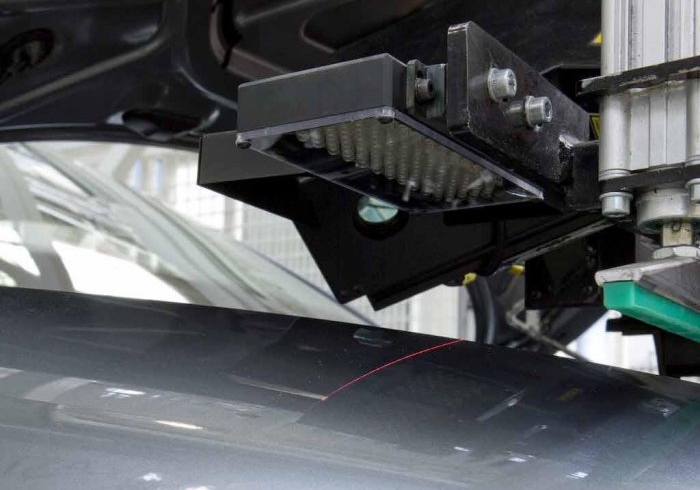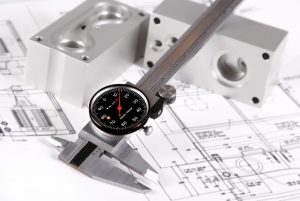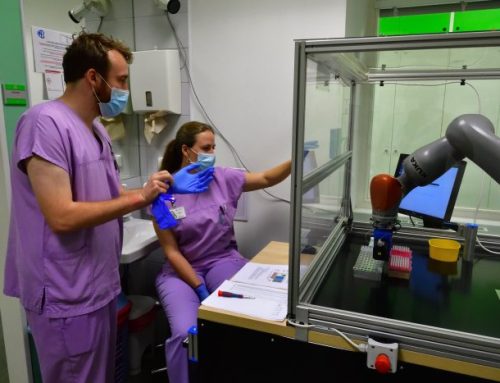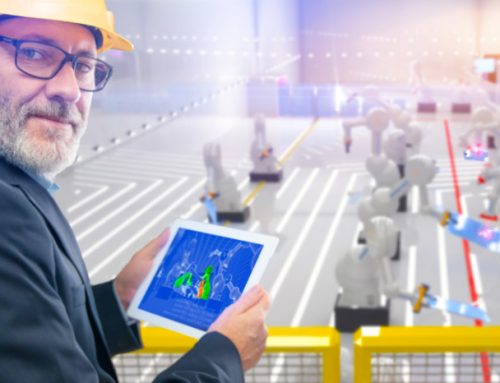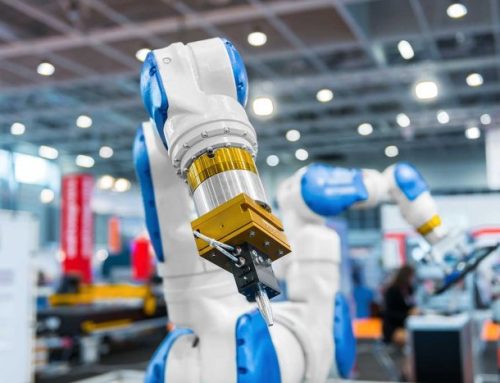What are the benefits of 3D measurement and quality control in the industry?
20. 1 2020
Many manufacturing companies can no longer imagine ensuring the quality and reliability of their products and the production process itself without 3D measurement using camera systems. Nevertheless, they are still neglected by many of them. What do you need to know before buying those systems?
3D measurement and its advantages
As everywhere in machine vision, the more information you have about the monitored object, the better the decision analysis. In some cases, you only need a 2D environment, but other times knowledge of the third dimension is essential. Then laser triangulation can help. It is the most common method of measuring three dimensions, which is used in industrial non-contact camera applications (machine vision). But how to choose a suitable 3D measuring system?
Universal system or custom system?
For simpler industrial tasks, universal 3D measuring systems (so-called scanners) can bring advantage. Their advantage is a relatively low price and easy integration. However, for more complex tasks, universal scanners can reach their limits. These are mainly tasks which require high accuracy and have limited installation space, and the measurement of products with complex shapes or measurements under specific conditions (for example, high product temperatures, etc.). In such cases, it is necessary to use 3D measurements to measure.
Scanning speed
Scanning speed is also important when choosing a system. Depending on your system and needs, you should choose an optimal variant for the given industrial task.
The systems are:
- with high scanning speed – The system speed is usually hundreds to thousands of scans per second, but the presentation of the results usually takes place on averaged results, i.e. the details of the measurement are lost.
- with lower scanning speeds – The system speed is usually tens to low hundreds of scans per second, but each individual scan is presented with the required accuracy, i.e. non-averaged values.
What else do you need to know about 3D systems?
3D systems are computationally intensive
Along with increasing demands on measurement results, the demands on the computing power of systems are also increasing. Similarly, the demands on data transfer rates are growing, where it is always necessary to set a suitable compromise between the scanning speed and the resolution of the sensor. In both cases, the parameters are usually limited by current physical or economical possibilities of the available technology.
Calibration of 3D measuring systems
Calibration is necessary to guarantee the correct function of 3D measuring systems. This is a process during which the camera systems are set to work in the required measuring space with the prescribed accuracy. For this purpose, 3D calibration jigs (gauges) are used, which are inserted into the measuring area. With their help and with SW with a sophisticated mathematical model, the correct measuring parameters are then set. You must perform these calibrations regularly for the correct operation of the 3D measuring systems. The frequency of calibrations is usually determined according to the specific conditions of the given industrial task. It is usually set in the range from once per shift to once a year. Especially for the first variant, so-called verification is used. What does that involve?
Verification of 3D measuring systems
Verification is also sometimes called operational calibration, and it is easy to verify that the system is functioning properly under normal operating conditions. Verification jigs (standards) are used for verification and can usually be performed by unqualified personnel. It usually takes a number of seconds or minutes.
What are calibration and verification jigs?
They are usually relatively complex and well-thought-out jigs that are precisely manufactured and measured. Sometimes, they may resemble a product in shape and, in other cases, they are completely different from the product. Calibration and verification devices are often linked to the metrological system (CMI), including the necessary protocols of accredited laboratories.
Look before you leap
Although 3D systems guarantee first-class product quality and a superb manufacturing process, you should not underestimate choosing the right one. Before purchasing, it is always necessary to perform a detailed initial analysis and subsequently ensure all associated tasks. If you do so, the acquired 3D measuring system will perform the required function correctly and for a long time.



